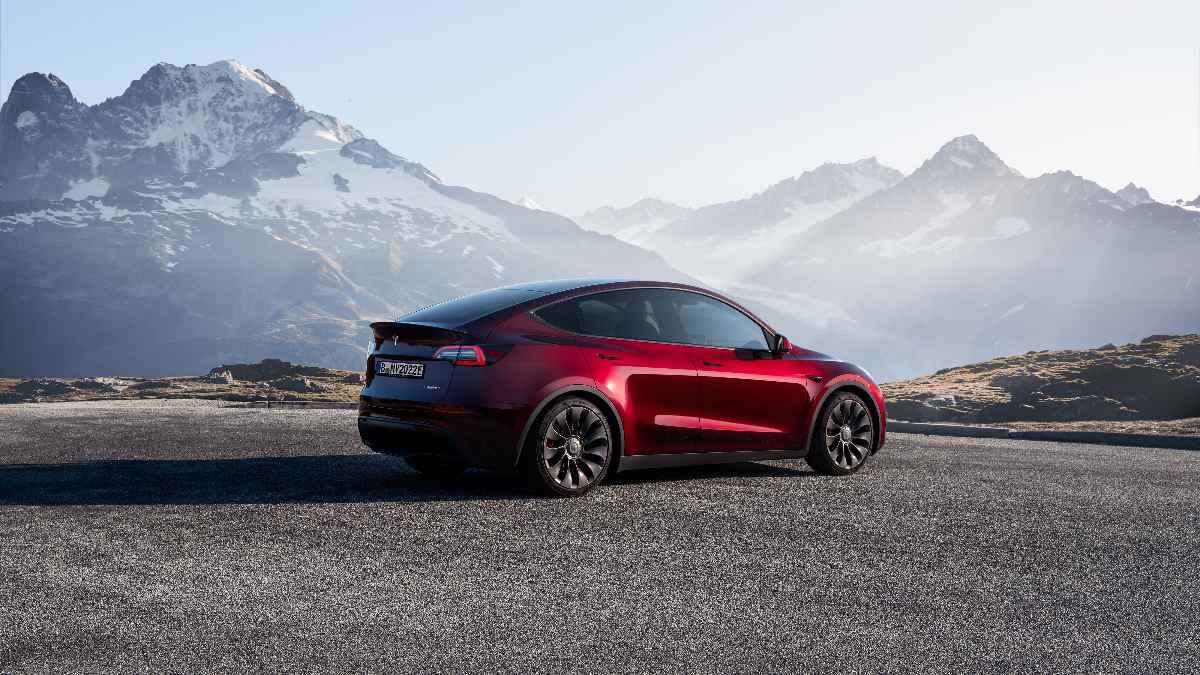Tesla has increased the prices of the Model 3 and Model Y vehicles in most geographic regions by around $250. This move comes after the company decreased vehicle prices by as much as 25% since the start of this year, which translates to a more than $15,000 reduction on the Model 3/Y and a more than $20,000 reduction on the Model S/X.
Tesla’s decision to increase prices is being reported by most outlets as a sign of recovering demand for Tesla vehicles. However, the tiny amount by which Tesla increased prices suggests that this move is more likely to be yet another attempt by the EV maker to drum up demand rather than to extract more gross profit from increased demand.
The reason is, the $250 price increase is not meaningful enough to materially affect the company's gross margins, although still industry-leading, Tesla’s vehicle gross profit has declined significantly in the first quarter of this year.
This means the price increase is Instead most likely targeted at persuading or creating fear of missing out (FOMO) on individuals who might be waiting for further price cuts before purchasing Tesla vehicles.
Related News: There's an Uptick in Anti-Tesla Cybertruck Sentiment since Elon Musk Announced Deliveries Will Start in Q3
Now, when they see prices rise, people will be more likely to pull the trigger and purchase a Tesla before this deal ends. And this is certainly one of the best times for individuals to purchase a Tesla vehicle.
BREAKING: @Tesla has increased Model 3 prices in the US by $250. Here are the changes:• Model 3 RWD: $40,240 (from $39,990)• Model 3 Performance: $53,240 (from $52,990) pic.twitter.com/hwO7yJP4RC— Sawyer Merritt (@SawyerMerritt) May 2, 2023
For example in the US, on top of the 25% price decreases for Teslas, in 2023, the federal government has also passed a substantial EV incentive bill. The so-called Inflation Reduction Act affords qualifying individuals as much as $7,500 in federal tax incentives.
This means a Model Y Long Range, which used to cost as much as $68,000 just last year now can be had for only $45,000. This is basically a $23,000 discount on the same vehicle in just a few months.
BREAKING: @Tesla has increased Model Y and Model 3 prices in China by ¥2,000 or $290 USD. Here are the changes:• Model Y AWD: ¥263,900 (from ¥261,900) • Model Y Long Range: ¥313,900 (from ¥311,900) • Model Y P: ¥363,900 (from ¥361,900)Model 3 prices below: pic.twitter.com/CsGpBYET7B— Sawyer Merritt (@SawyerMerritt) May 2, 2023
If this much of a price cut doesn’t persuade individuals to purchase a Tesla I don’t know what will. However, this tactic by Tesla of trying to drum up demand by decreasing prices has been criticized by some of the EV maker’s investors.
People on the opposing side of this argument suggest, rather than cut prices, Tesla should advertise to increase demand. Tesla investors have even gone so far as to create advertisements for Tesla vehicles on the EV maker's behalf.
However, Elon Musk’s argument in opposition to advertising has been Musk believes it’s better to use this money to make the products better and have the products basically sell themselves.
When Tesla was a small upstart, barely able to make tens of thousands of vehicles, this approach worked flawlessly. The demand for Tesla vehicles was through the roof and the EV maker struggled for many years to increase production to match this demand.
However, Tesla is now in a completely different position as a company. Currently, the EV maker has 4 factories on 3 continents. The initial 2 factories, the Fremont, California plant and Giga Shanghai are now running full throttle with installed annual production capacity of 750,000 and 1 million vehicles, respectively.
Tesla is also ramping up 2 of its new factories, Giga Texas and Giga Berlin. These 2 factories, only a year since the first vehicle rolled out the production line, have reached a production run rate of 200,000 and 250,000 Model Y’s a year, respectively.
With all this new production capacity, Tesla last year grew vehicle deliveries to 1.34 million vehicles and this year Tesla has guided for 1.8 million deliveries with Elon Musk hinting that they have the capacity to reach 2 million vehicles.
This is all impressive, however, with this rapid increase in production capacity, Tesla might have become a victim of its own success. Once an EV maker with a 9-month waiting list to purchase a Tesla vehicle, now the EV maker operates with ample excess vehicles in its inventory and has been forced to cut and increase prices to drum up demand.
Having said that, we will keep you posted on the various attempts Tesla makes to increase demand and the company’s continued expansion. Until then, make sure to visit our site torquenews.com/Tesla regularly for the latest updates.
So what do you think? Excited to see Tesla finally start to raise prices after so many price cuts? Also, do you think Tesla should start paying for ads? Let me know your thoughts in the comments below.
Image: Courtesy of Tesla, Inc.
For more information check out: Elon Musk Reveals Tesla Has Fixed the Last 2% of Shortcomings in the Vision Only Active Safety System
Tinsae Aregay has been following Tesla and The evolution of the EV space on a daily basis for several years. He covers everything about Tesla from the cars to Elon Musk, the energy business, and autonomy. Follow Tinsae on Twitter at @TinsaeAregay for daily Tesla news.





